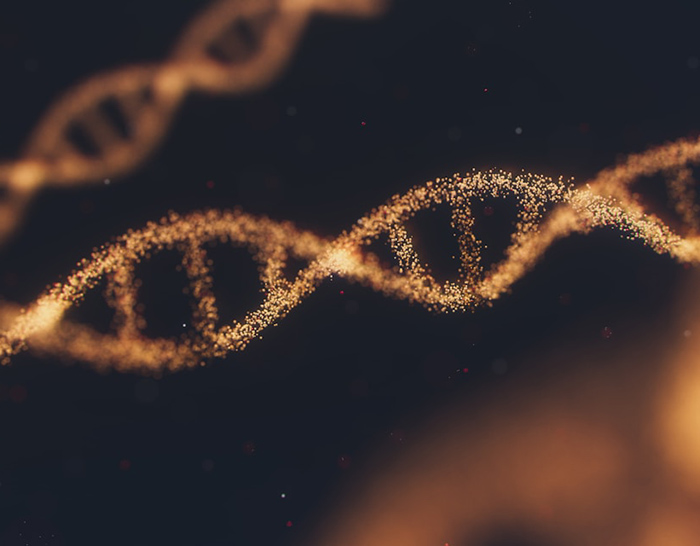COVID-19 levels in wastewater are currently relatively low across the United States, the Wastewater Surveillance tab of the U.S. Centers for Disease Control and Prevention’s COVID Data Tracker shows, based on data collected in February, with more than half of all wastewater data reporting sites experiencing a decrease in SARS-CoV-2 levels.
CDC says its National Wastewater Surveillance System (NWSS) “tracks changes and detections of SARS-CoV-2 viral RNA levels at more than 600 testing sites across the US.”
In combination with other COVID-19 surveillance data, “wastewater testing can help us monitor COVID-19 in communities” the CDC explains, and “help communities act quickly to prevent the spread of COVID-19” since “virus levels in wastewater usually increase four to six days before clinical cases increase.”
CDC announced adding the wastewater component to its COVID Data Tracker in February after successfully detecting previously in November—along with researchers from several universities—the Omicron variant in wastewater from several US locations “as early as 11 days before it was first detected in a person in the US,” Scientific American reported at the time.
That gave the public health officials “valuable lead time to institute stricter prevention measures and to direct tests and other resources to a community.”
Only a month later CDC launched, as Bio.News reported, a new tool called COVID-19 Community Levels, which enables individuals and communities to base their decisions regarding COVID-19 prevention on the assessment of the situation in their county.




